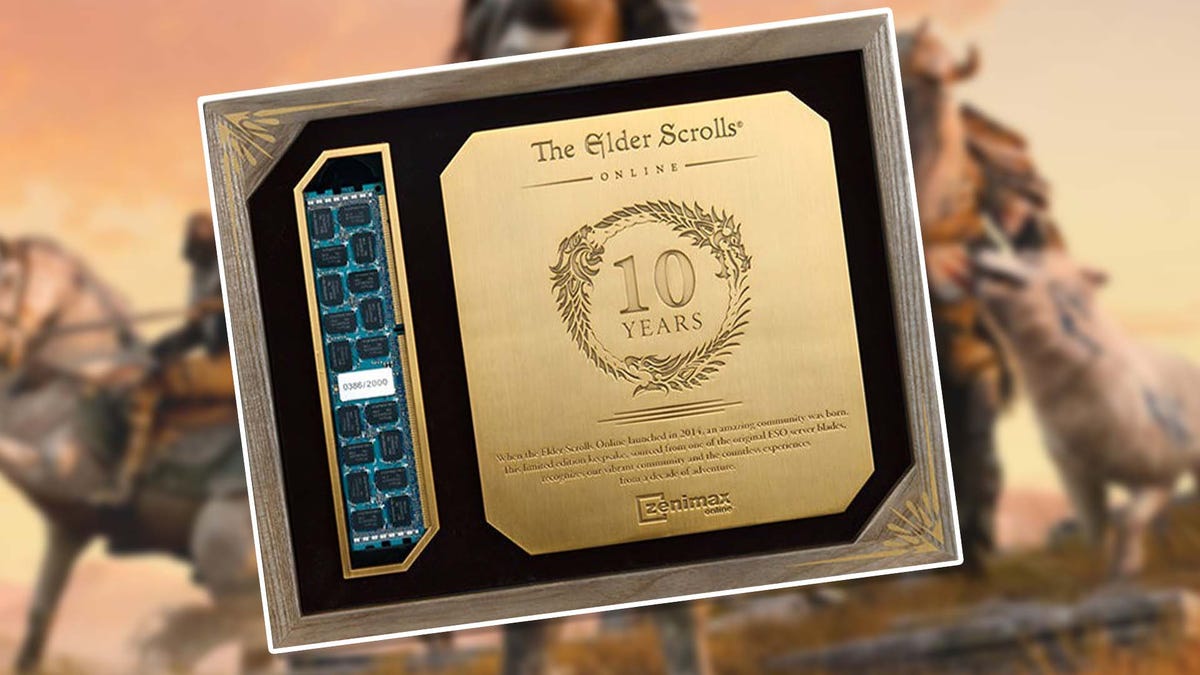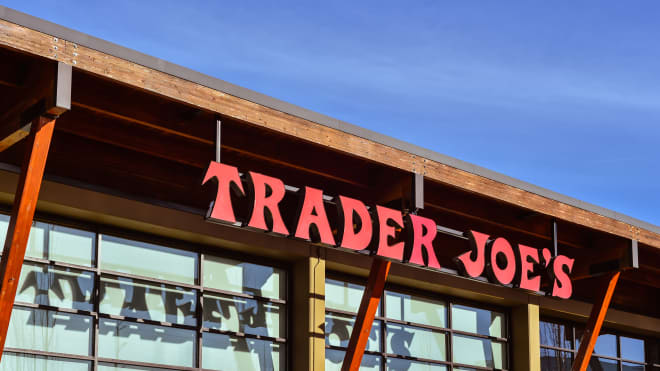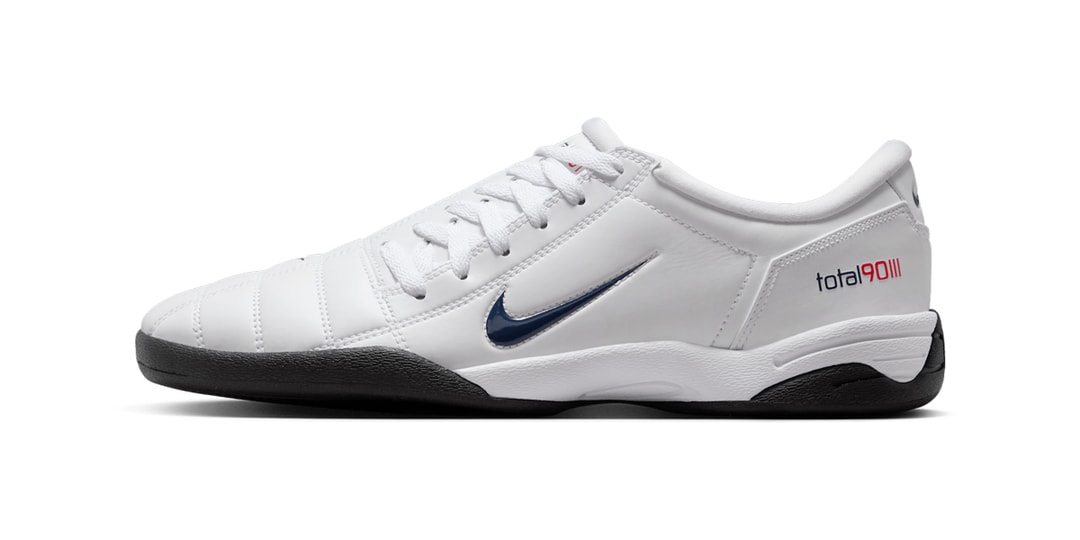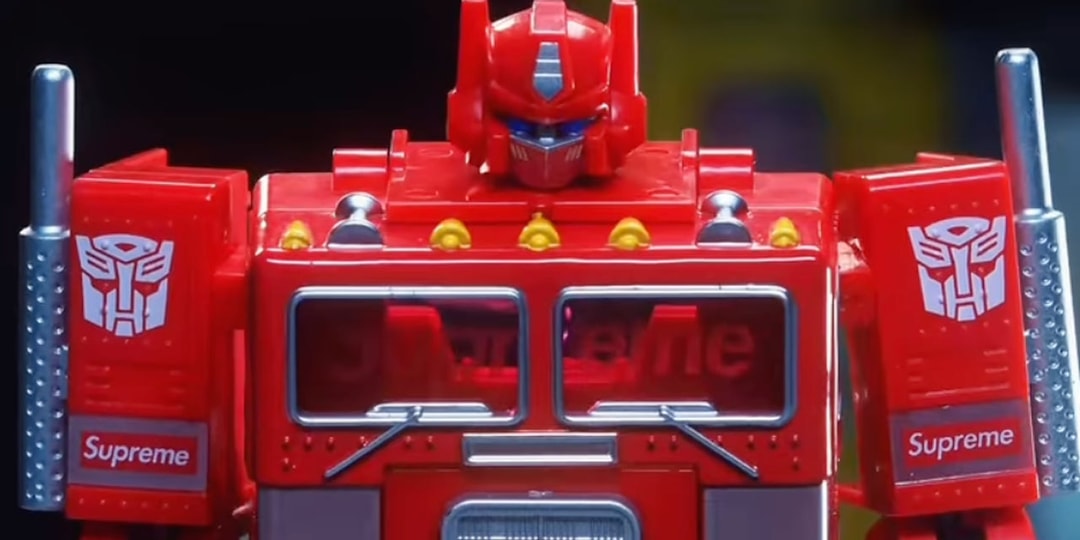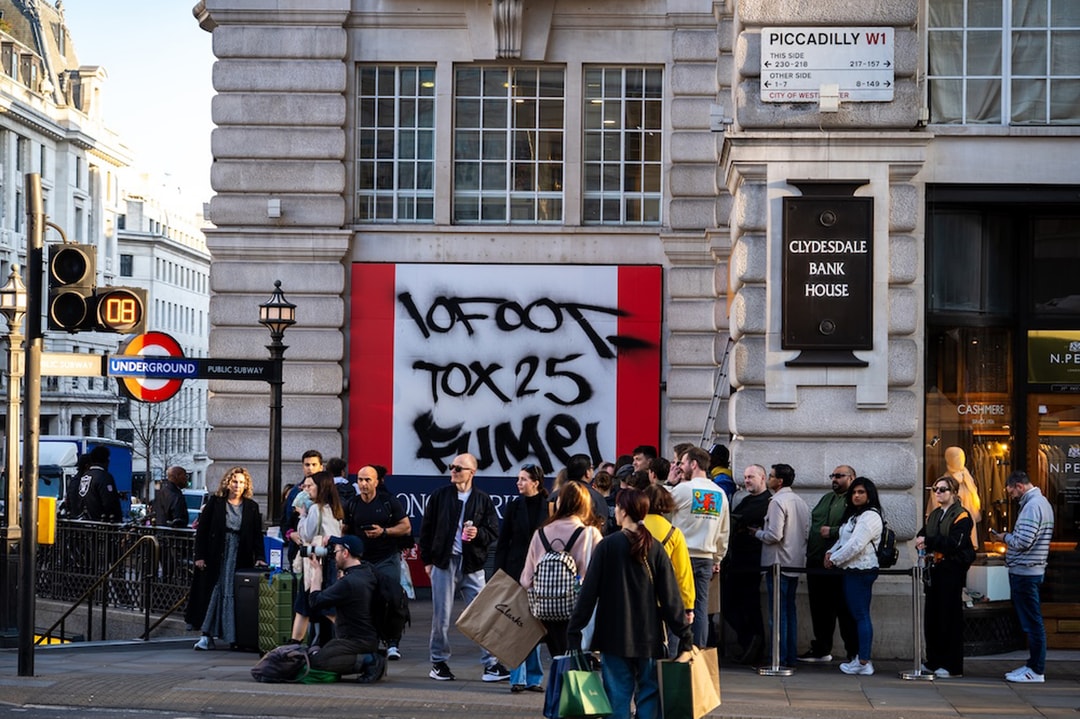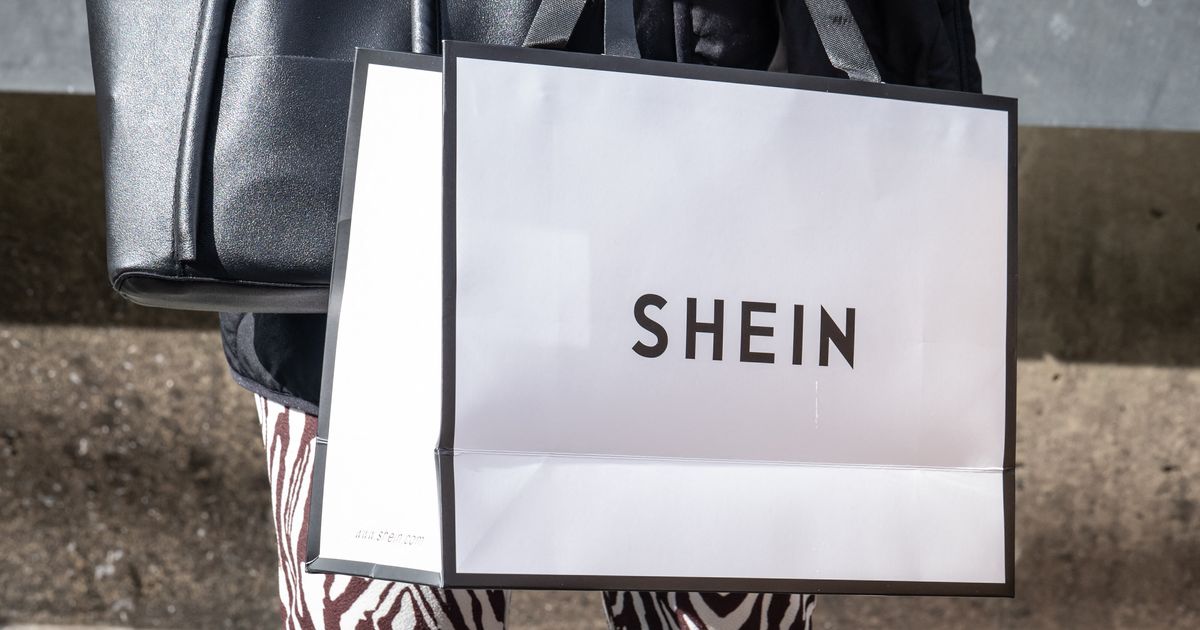Tips to save on overseas ATM withdrawals
Editor’s note: This is a recurring post, regularly updated with new information and offers. While the U.S. dollar is accepted in some countries, you’ll often need to withdraw money in the local currency when you’re overseas and have a credit card on you for situations where the local currency (in cash) is the only accepted …

Editor’s note: This is a recurring post, regularly updated with new information and offers.
While the U.S. dollar is accepted in some countries, you’ll often need to withdraw money in the local currency when you’re overseas and have a credit card on you for situations where the local currency (in cash) is the only accepted form of payment.
Think of taxi rides, the corner store, tips and excursions. You never know when the need for cash (in the local currency) will come up, so it pays to be prepared by having a debit card that won’t charge exorbitant fees when taking cash out of the ATM.
Before you get on your next international flight, here are several ways to prepare in advance to ensure you have cash on hand while overseas.
What is an ATM foreign transaction fee?
An ATM foreign transaction fee is a fee you pay for using an ATM abroad. Banks have varying policies on fees you will pay for using an ATM that isn’t their own, which is typically a flat fee when you are in the U.S.

If you’re using another bank’s ATM abroad, you may pay this flat fee (often around $5) plus a 1-3% foreign conversion fee for an ATM dispensing a currency other than U.S. Dollars.
Related: Everything you need to know about foreign transaction fees
Know if your credit card charges an ATM foreign transaction fee
There are plenty of reasons to hold and use travel rewards cards, but they shouldn’t be your go-to when it comes to withdrawing cash at the ATM. Even if you use a card with no foreign transaction fees, the ATM withdrawal will likely entail a large cash advance fee, as they consider the money withdrawn a loan.
There’s also no grace period on cash advances, so you’ll incur interest charges from the day of the withdrawal, usually at a rate that’s even higher than the purchase rate.
Even if you use a travel rewards credit card that refunds ATM fees worldwide, such as the Chase Sapphire Preferred® Card, the money withdrawn is typically considered a cash advance. Although you won’t have to pay the ATM fee, the interest fees can quickly add up.
Related: Reasons the Chase Sapphire Preferred should be your next credit card
Choose the right debit card to save on ATM fees when traveling
You could be hit with fees when using your debit card overseas in three ways. First, your bank could charge you a fee for using an out-of-network ATM — both at home and at ATMs abroad.
Second, the bank that owns the ATM could charge additional fees. Finally, foreign transaction fees can be charged at the ATM, just as they can be charged when making credit card purchases.
Avoid debit cards that charge out-of-network fees
Before you leave home, you’ll want to make sure you have a debit card that will not charge you any fees.
There’s nothing worse than being charged twice to use your ATM card at an out-of-network machine (once by your bank and once by the ATM owner). To avoid this, open an account that doesn’t impose out-of-network fees and ensure this applies to ATMs in the U.S. and other countries.
One great option is to get a Capital One 360 Checking account. This card does not charge fees for withdrawals, even if they are out of network.
Use a debit card that’s part of a large network, including ATMs abroad
One way to avoid the fees from out-of-network transactions is to use a debit card that’s part of a large international network.
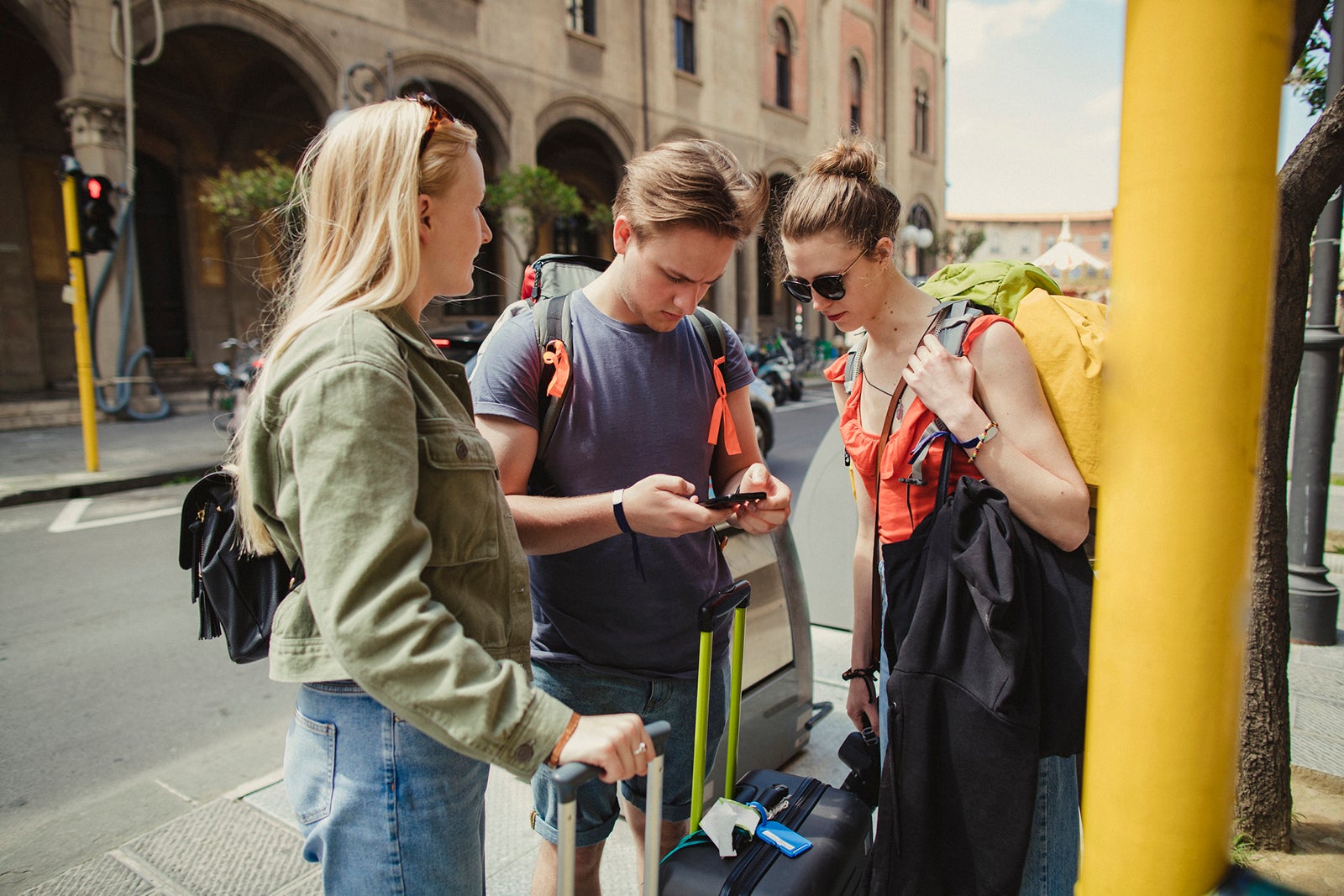
A popular option for those traveling abroad is to have a SoFi Money Checking account. The debit card that comes with the account reimburses account holders at any of Allpoint’s 55,000+ network ATMs — available both domestically and abroad.
Related: Valuable travel perks that you can get with a credit card
Find a card that reimburses ATM fees
Several banks and credit unions offer reimbursements for ATM fees charged by other banks. So even though your bank might not charge you a fee, you could be hit by the bank operating the ATM. Fortunately, many banks will reimburse those fees — some up to a certain amount per month; others are unlimited.
A great option is the Schwab Bank High Yield Investor Checking account. With this debit card option, you’ll receive unlimited ATM fee reimbursements — domestically and abroad.

It’s also a great card to use abroad if you only have a credit card that charges foreign transaction fees since this card waives those fees on ATM withdrawals and debit card purchases. We still recommend traveling overseas with a credit card that offers no foreign transaction fees, so you can earn points and miles on purchases you pay for on your card.
Watch out for ATM foreign transaction fees
When taking out smaller amounts of money, a 3% foreign transaction fee is far preferable to a $3 ATM fee.
But if you need to withdraw hundreds of dollars outside of the U.S., you should look for a debit card with no foreign transaction fees on ATM withdrawals and purchases. This includes debit cards from Capital One, Charles Schwab and Discover.
Related: How to transition your spending from a debit card to a credit card
Avoid changing money at the airport
If there’s one place where you’re guaranteed to get the worst deal, it’s at the arrivals area of an international airport. Here, you’ll usually find the highest ATM fees, the least-favorable exchange rates and the highest likelihood of being short-changed. Try to avoid exchanging money at international train stations and ferry ports as well.
However, using the ATM at the airport may sometimes be your safest bet and may be a necessity. First, security personnel should be nearby, increasing your safety while using the ATM.
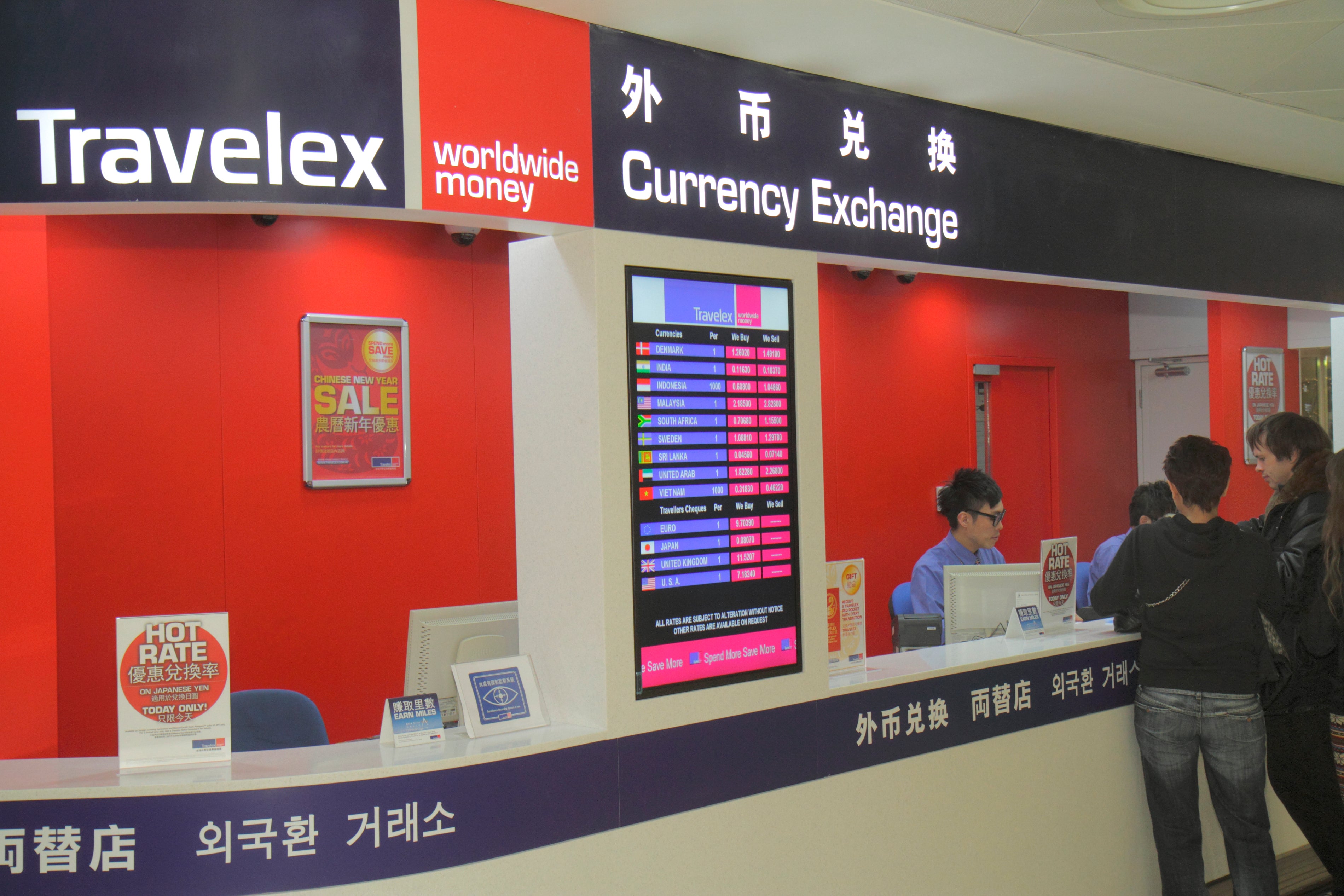
Additionally, you may need cash before heading outside. If you’re taking a taxi or public transit to your hotel, you may need local currency to pay. In these situations, you may need to use an airport ATM out of obligation.
If you have a card that will reimburse the withdrawal fee at ATMs abroad, the fee doesn’t matter as much. If you need cash immediately, make sure to check the conversion rate before withdrawing and choose the best-value option if the airport has more than one ATM network available.
Related: Should I pay with a rewards credit card even if it incurs fees?
What to know before using ATMs in different regions
Regardless of where you’re traveling, a general rule of thumb is to always use ATMs in public spaces where you feel safe and secure. Be sure to check the card reader for anything suspicious, such as card skimmers, so you don’t become a victim of identity theft.
Finally, always be aware of your surroundings when withdrawing money and entering secure personal information. Make sure no one is watching you, and cover your PIN when entering it.
Here are some pointers for those traveling through different regions:
Africa
You likely won’t run into any issues finding an ATM in the big cities, but you may not be so lucky when on the outskirts. The U.S. dollar is highly valuable across Africa. Many national parks only accept the U.S. dollar or the euro, so you should come prepared with a decent amount of U.S. cash in various bills. The local currency is preferred in smaller towns, which you can withdraw from a local ATM.
Asia
Cash is still the main payment method in most Asian countries, especially in Southeast Asia. ATMs aren’t too hard to find, but that’s highly dependent on what country you’re in. U.S. dollars are sometimes more valuable than the local currency in countries such as Cambodia, Vietnam or Myanmar, so carry some dollars for backup.

Remember to pack a card that doesn’t charge foreign transaction fees and reimburses those pesky ATM fees. If your debit card charges foreign transaction fees, make larger withdrawals in the local currency to minimize those add-on charges. Make sure to have a secure wallet to carry all your cash in. Cash is also important, as you’ll occasionally have to pay for certain visas with cash upon arrival.
Caribbean
U.S. dollars are widely accepted in the Caribbean, along with the euro and other local currencies. Similar to traveling through other regions, it’s always good to carry some cash in case, but credit cards are widely accepted throughout the region. When you need to replenish your wallet, head to the ATM, as that’s where you’re likely to get the best exchange rate.
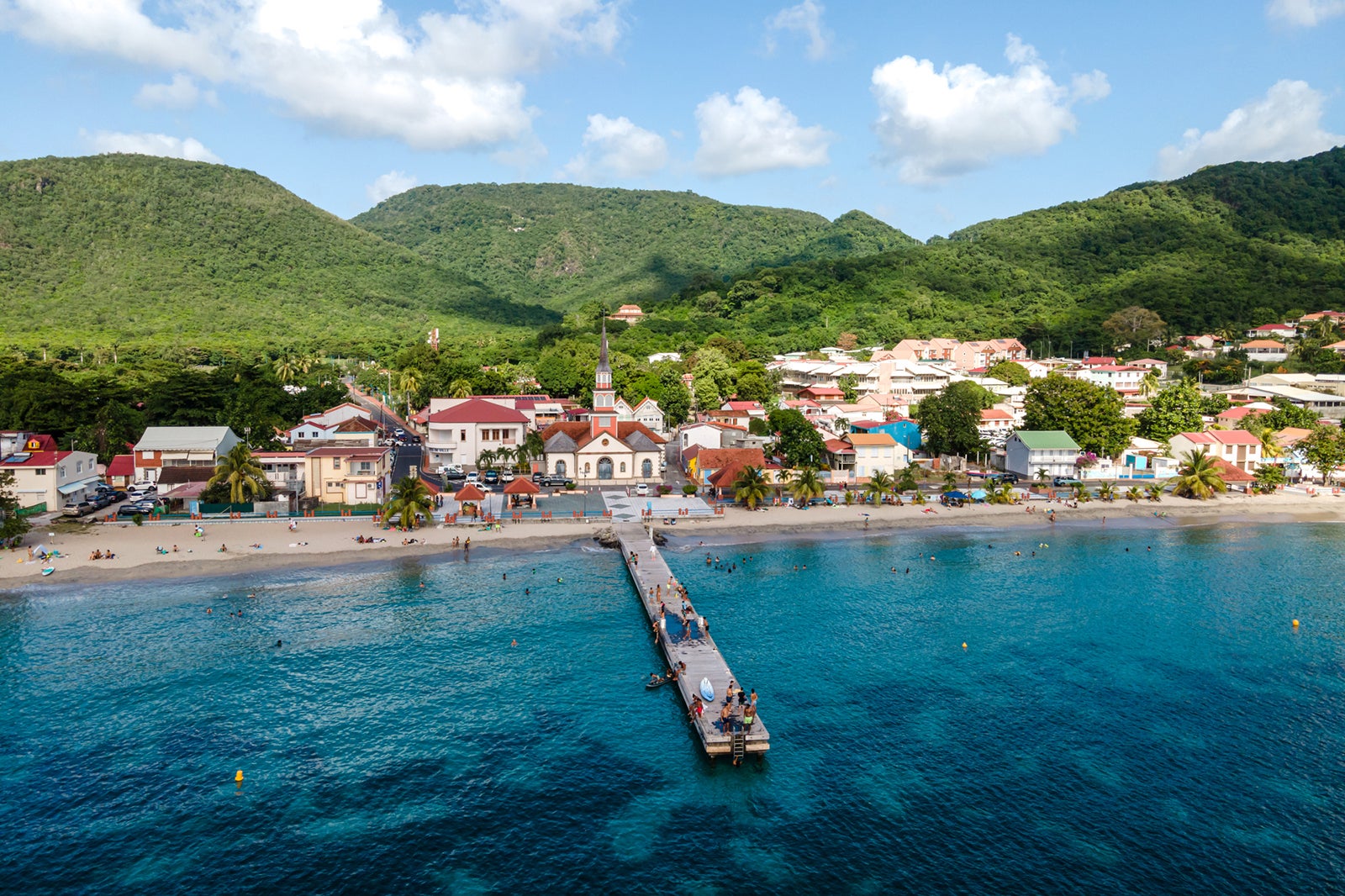
This used to be different in Cuba, as the country did not accept the U.S. dollar. This has since changed, and the U.S. dollar is now an accepted currency in Cuba.
Europe
Like the U.S., ATMs are nearly everywhere in Europe and not hard to find. However, Europe hasn’t completely adopted paperless payments like the U.S., so it’s always good to have cash in your wallet when traveling through the region.

This is especially important if you plan to travel to smaller towns or shop at local markets.
Middle East
Credit cards are generally accepted throughout the Middle East, but if you plan to go to smaller towns or certain countries — like Iran — you’ll want U.S. dollars or the local currency and a no-fee debit or credit card for backup. If you need to get cash out, you shouldn’t have any issues finding an ATM, except in Iran, where foreign cards do not work.
South America
Cash is king in South America, and credit cards are not always accepted. Brazil is the exception here, with incredibly high rates of credit and debit card use. Elsewhere, you may need to make several ATM trips while traveling through the continent, so be sure to alert your bank about where exactly you’ll be traveling.
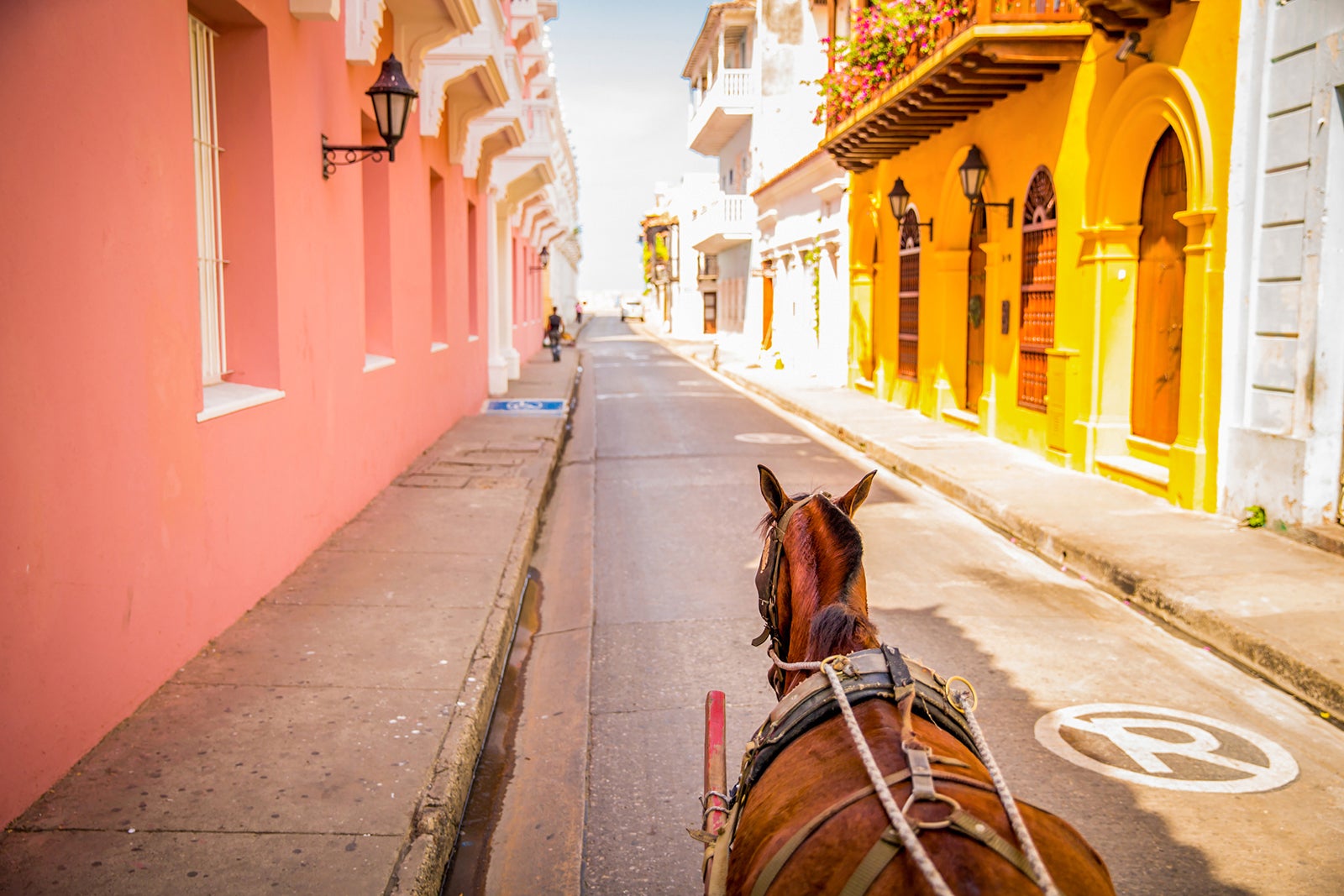
The U.S. dollar is also commonly accepted, so having some dollars is always good. Note that most countries on the continent have different currencies, so you won’t want to take out too much of one currency if you plan to hop around.
Related: Steps to take when your personal information is compromised
Other tips for saving money on currency conversion
Never underestimate the power of the U.S. dollar
While it’s important to have local currency, you may receive a better effective exchange rate when using U.S. dollars. I’m often surprised by the demand for U.S. currency in foreign countries, and I’ve had great success when offering to pay in dollars — especially at smaller stores and with merchants in a large bazaar.

On the other hand, hotel operators and other large companies often impose their own exchange rates, which can be very unfavorable. If you’re paying in dollars or exchanging money, note that you’ll often get the best rates on $100 and $50 notes, with smaller notes fetching a lower rate and old or worn bills not accepted for exchange in many places.
Be extremely careful in paying in the local currency
Dynamic Currency Conversion, or DCC, is a popular scam with merchants and credit card processors. Supposedly, this “service” offers you the opportunity to pay in your local currency, but it actually adds a huge commission. In theory, you’re supposed to be asked to agree to this “service.”
Between language barriers and the merchant’s incentive to earn a commission, many travelers get duped into these inflated charges. This happened to me when Hertz in Italy fraudulently added a 4.5% commission to my bill, but I successfully received a refund when I contacted its executive customer service.
Always contact your bank before you go
The only thing worse than paying extra fees for an ATM transaction is having your withdrawal declined. Yet this can happen if you travel overseas without notifying your bank in advance and it suspects fraud.

Before you leave, call your bank and list the countries you plan on visiting, even if you just have a layover.
Related: What to expect when you travel internationally from the US
Bottom line
There’s a time and a place to earn valuable points or miles by using a travel rewards credit card. Unfortunately, withdrawing money abroad is not one of them. By understanding the different surcharges you could face when using an ATM aboard and choosing the best debit cards to help you avoid withdrawal or foreign transaction fees at these ATMs, you can access cash in other countries at little to no cost.
Related: The best time to apply for these popular travel credit cards based on offer history


































































-Baldur’s-Gate-3-The-Final-Patch---An-Animated-Short-00-03-43.png?width=1920&height=1920&fit=bounds&quality=70&format=jpg&auto=webp#)









